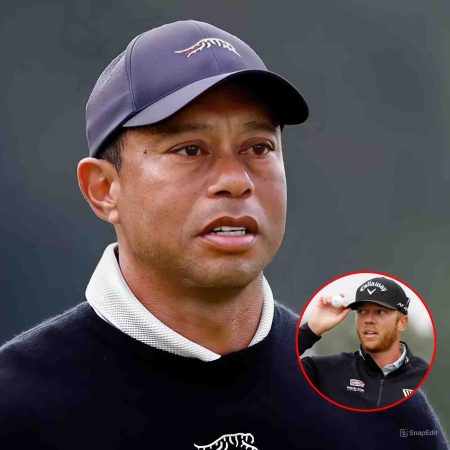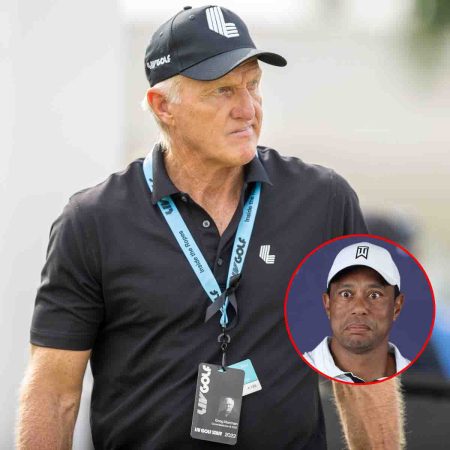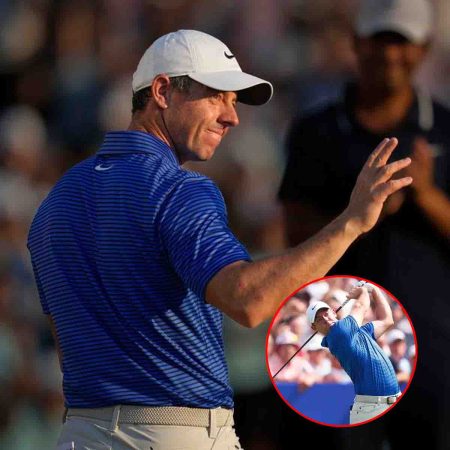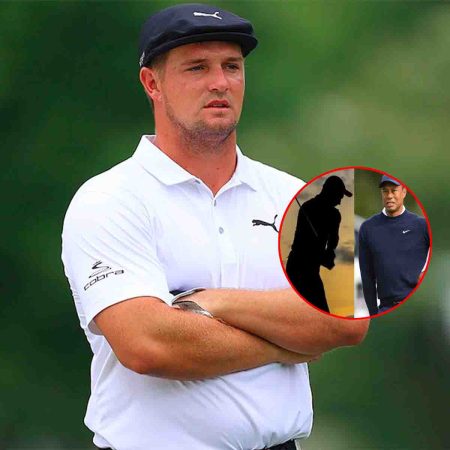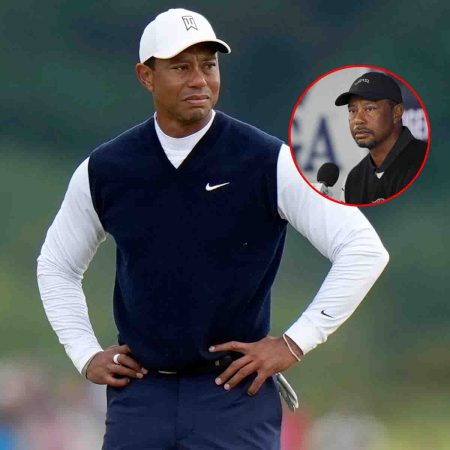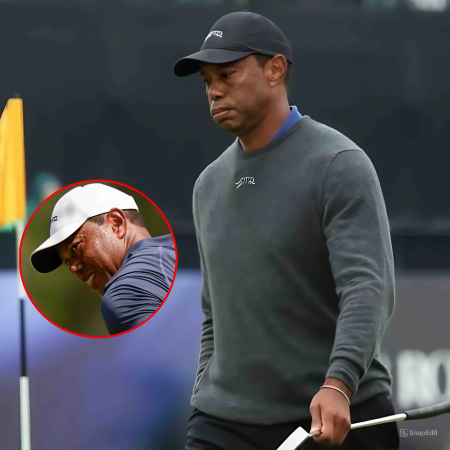/cdn.vox-cdn.com/uploads/chorus_image/image/71977875/1247148109.0.jpg)
The Los Angeles Clippers were in good shape and had just acquired trade pieces to work with, so the Golden State Warriors were only able to build a lead as large as six points.
At the 4:46 mark of the third quarter, that lead was trimmed down to only one point, but the Warriors were still in prime position to hold off the Clippers and spring the kind of upset that gives them much-needed momentum heading into the All-Star break.
What also happened during the 4:46 mark was Steve Kerr pulling out Klay Thompson and Draymond Green, two of his most battle-tested veterans. Seconds later, he also opted to rest Jordan Poole, the only capable scorer and shot-creator beside Thompson.

Poole was brought out after two free throws from Paul George gave the Clippers a one-point lead. The lineup that ended up being on the floor at that point comprised of Ty Jerome, Donte DiVincenzo, Jonathan Kuminga, Anthony Lamb, and JaMychal Green.
This was the first offensive possession that came out of said lineup:
The Clippers switch and top-lock the screening action, which blows up the set. But watch Mason Plumlee — he practically ignores Kuminga on the weak side and opts to patrol the paint, ready to contest and erase any mistake his teammates may commit while defending the main action.
This was the problem the Warriors faced while sitting down two of their shot-makers and their primary distributor on offense: lack of advantage creation, which enabled stagnation and allowed the Clippers to funnel the ball toward non-shooting threats.
Not only was this lineup offensively inept; it had trouble organizing itself on defense, a given considering that the Warriors’ best defender also sat down. In his stead were a bunch of individual components that mesh particularly well together.
When the Clippers were able to generate advantages, the collective IQ and knowhow from this lineup wasn’t enough to shore up against disadvantages:
The culprit in the instance above was Jerome, whose failure to keep his head on a swivel allowed Terance Mann to cut backdoor and make himself available for the dunk. The lack of organization and defensive responsibility ultimately falls on the lack of cohesion and accountability — traits that Green have consistently provided as the team’s designated defensive general.
A possession that serves as a bigger condemnation of this lineup’s lack of cohesion on defense came on the possession below. Perhaps concerned by the Clippers’ rising aggression and emphasis on putting pressure at the point of attack, the Warriors shift to a 3-2 zone in an effort to keep things in front and well out of the paint.
But what happens if a 3-2 zone manages to accomplish the exact opposite?
Granted, there’s a small bit of screening ingenuity from Plumlee above. He sets the sneaky screen on DiVincenzo with Kawhi Leonard turning the corner on Kuminga, who fails to keep Leonard in front. The backline help is insufficient, with Green hesitant to help off the strong-side corner and Lamb not being on time to help as the designated low man.
But the point I’m trying to make is this: What use is a 3-2 zone if it easily lets someone achieve middle penetration, the one outcome that it’s designed to prevent? It’s not the only instance of a Warriors zone managing to fail at what it’s intended to achieve, but it’s no-less baffling.
Tell me if you’ve heard this before, but some of the Warriors’ ineffectiveness on both ends were self-inflicted. As usual, two of the usual suspects were turnovers — the Warriors committed a total of 11 against the Clippers, lower than their season average but no-less potent in terms of consequences — and offensive rebounding.
https://streamable.com/q3n27l
Some of it also boiled down to shoddy decision making. When the Warriors run a staple half-court set — double drag screens flowing into a low-post split — Plumlee is once again unafraid of Kuminga out on the perimeter, empowering him to cheat off toward the paint.
This leaves Kuminga with a choice: force the entry pass through an unfavorable angle, or make the pass to the wing, which would provide a better angle.
Kuminga chooses the former. Plumlee easily intercepts the pass and blows up the set. Mistakes like these are highly avoidable, but it also requires a certain level of situational awareness. Kuminga has shown signs of improvement in terms of decision making, but it’s clear he has more room for improvement.
The same can be said for the other remaining youth-movement piece in Moses Moody. With Kerr bringing back Thompson and Kevon Looney into the lineup — in an effort to stabilize a situation of his own making — the Clippers immediately attempt to target Looney in isolation using Bones Hyland.
As Hyland subsequently finds out, Looney is often the wrong guy to go at. However, it’s what happens on the other end that is of particular note:
With Hyland helping toward Jerome, Moody attacks off the catch and touches the paint. Plumlee is there to contest Moody’s attempt at a poster. While the desire for a loud statement is understandable, I also think the correct play should’ve called for Moody to dump the ball to Looney in the dunker spot. An ill-advised attempt to dunk against a solid contest just wastes the effort of Looney to block the shot, run back on the other end, and make himself available for a dump pass.
Again, it’s a matter of decision making that is often limited by the audacity of youth. But it’s also a consequence of Moody’s desire to make a splash on a roster where he hasn’t been given many opportunities.
On the other hand, decisions such as the one above also won’t get him on Kerr’s good side — which may see him relegated to fewer minutes, for better or worse.
To Moody’s credit, he does make himself constantly available as someone who plays well off of created advantages. He managed to make himself an option to punish Hyland’s help above, despite botching the created advantage.
This possession was similar:
https://streamable.com/zl66k0
Thompson creates the advantage by taking Plumlee off the dribble and getting a paint touch, which forces the help by Hyland off of Moody. Thompson finds Moody on the wing, and while the shot may have missed, it’s instances like these where it’s hard not to see the potential Moody has as an advantage finisher.
It’s also an instance of the grownups in the room making things happen. When the possession bogs down, Thompson makes the most of the situation by self-creating an advantage against Plumlee. Looney hauls in the missed shot and puts it back in. Having players who know what they’re doing when push comes to shove is important.
Kerr started the fourth quarter with Poole, Thompson, and Draymond, but at that point he was sending in his main troops and counting them to get them out of a hole — one that was created by sitting all of them on the bench at the same time.
In hindsight, it would’ve been ideal for Kerr to at least keep one or two of them in at all times to hold the others’ hands. It’s most certainly a questionable lineup decision, and while Kerr has had his fair share of coaching success, he’s also not above reproach when it comes to his rotations.
If he was concerned about heavy minutes, one would think he could afford to squeeze out more minutes than usual out of his main guys, given that this was the last game before the All-Star break with plenty of rest and recovery to be had.
Instead, a 17-4 run by the Clippers to end the third quarter would serve as the catalyst for another Warriors loss. They’re 29-29, with a middling offense (114.2 ORTG, 12th), insufficient defense (114.1 DRTG, 19th), and a point differential that reflects their mediocrity (plus-0.2 net rating, 19th).
By all standards, they have been a team in the middle of the pack — which doesn’t bode well for their quest to defend their title.
Source: https://www.goldenstateofmind.com



